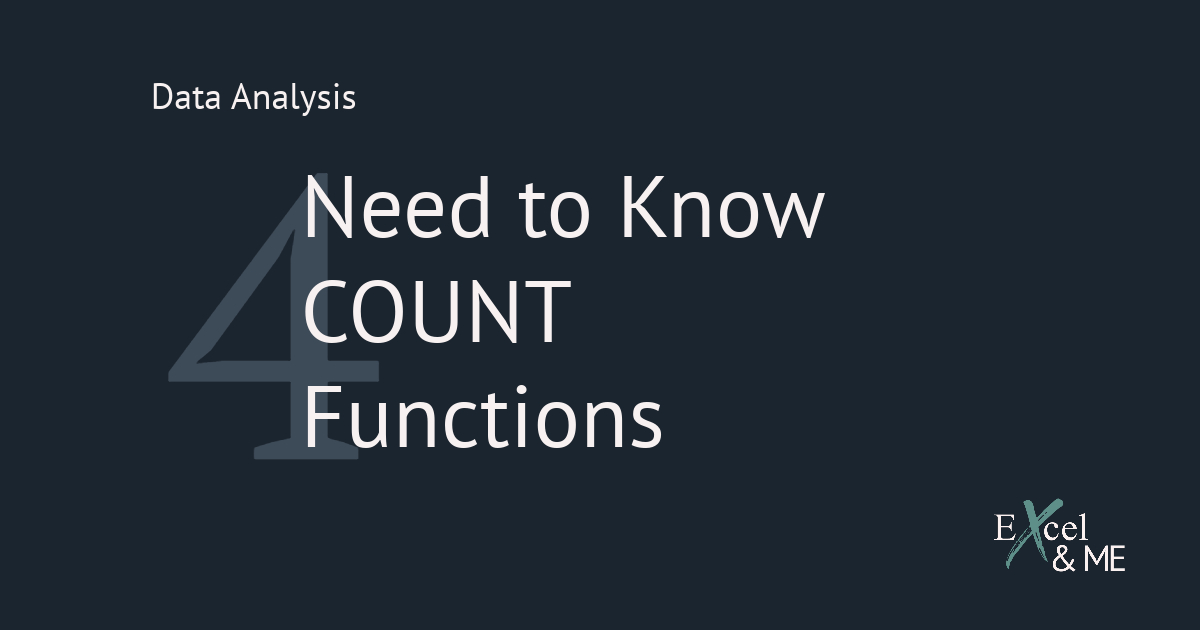Understanding Excel’s Function categories
The biggest barrier to entry for Excel is knowing what all the stuff does. It’s not as intuitive as a Word document or a PowerPoint presentation, where the more you add to it the more it reveals it can do. With Excel there is an expectation of needing to know what is wanted from it before it can be used.
One area to get familiar with from the jump are the Functions. This post will outline what an Excel Function is, how if differs from a formula and where to head if you are struggling to find what you need in Excel.

What are Excel Functions?
Excel Functions are predefined formulas that will perform the desired calculation (or format) based on the structure and criteria of the given instructions. It might be helpful to think of the Function as the name of the formula, for example SUM is the name of the formula that can add the values together of a given number of cells.
What is the difference between a Function and a Formula?
It might seem like semantics but there is a difference between a Function and a Formula. After all a Function will only return a result if it is given instructions that will allow it to complete the calculation. Whereas a formula will return a result based on the given values and math symbols.
Why are Excel Functions Important?
Excel Functions are important as they tell Excel what you want it to do. And they make it possible to perform more complex calculations. Without the SUM Function if you wanted to add all the values of 100 different cells, each one would need to be added to a formula like so =a1+b1+c1+d1… But with the SUM Function this calculation can be completed more easily =SUM(A1:A99).
Functions also make it possible to complete multiple calculations simultaneously, and return a result based on changing criteria.
How many Excel Functions are there?
There are 13 different categories of Function. I won’t go into the details for each of the categories. Because Microsoft has put together a very helpful fact sheet, that does just that. Along with the Excel version compatibilities for each Function.
Tips and Reminders for Excel Functions
When looking in Excel for a Function with the predefined formula you need. Keep in mind, in its simplest form, Excel is a maths tool. The Function categories lean heavily towards specific mathematical tasks, such as calculating interest rates, statistical calculations or engineering measurements.
A Function category for Merchandising or Ecommerce related calculations unfortunately does not exist. Which why it’s not possible to use =COVER or =CONVERSION RATE.
There are many great Functions in Excel. VLOOKUP is one I am sure you are familiar with. SUM, TODAY, DATE, WEEKDAY, IF, AND, IFERROR, COUNTIF, CONCATENATE, FIND, TRIM, LEFT, AVERAGE, SUMIFS – my personal favourite. By understanding what each of them do, and when they can be used, you’ll be well on your way to creating your own Function category and performing a range of complex calculations to answer business requests.
If you are looking for a head start in learning the different Excel Functions Merchandisers and Ecommerce Managers need to know. Check out the formula catalogue for definitions and calculations, and to a better understanding of how and when to use them check out our Formula Friday blog posts that spotlight a formula or Function you can start using straight away.
Finding an exact match for your needs on the internet can, at times, feel like trying to find the missing pair to your odd sock. You know it’s in the drawer somewhere, but you just can’t see it for love nor money. That’s where I can help, think of me as your Excel Agony Aunt, send in your lonely heart letters and I will find your perfect formula partner.
Like this post? You should see my newsletter.
Subscribe to the Excel & ME newsletter to get updates that will empower you to inform your business decisions with data.








